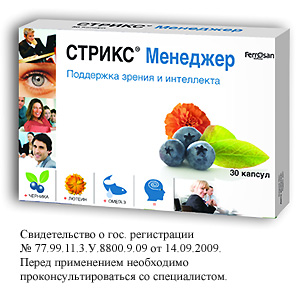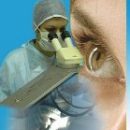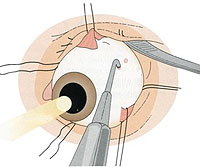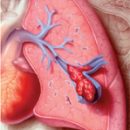According to WHO, more than 161 million people suffer from violations of vision; Of these, 124 million have reduced vision, and 37 million completely blind. Risk of eye disease development helps prevention measures that include receiving important substances for the health of substances - vitamins, antioxidants, omega-3 PNFC.
Content
According to the World Health Organization worldwide more than 161 million people suffer from violations of violation; Of these, 124 million have reduced vision, and 37 million completely blind. Moreover, about 85% of cases of violation of violations are warned.*
Poor ecology, stress, high visual loads are risk factors that can lead to the development of eye fatigue and even their diseases. Moreover, these factors have a negative impact on the concentration of attention, memory. Vision and brain activity are closely interrelated, therefore, for example, Eye fatigue may be accompanied by headache, decline in attention and concentration.
Improve the quality of life and vision, reduce the risk of developing eye diseases help prevention measures. These include rational labor and recreation regime, compliance with the rules of work for the monitor of the computer, as well as the reception of important and brain of substances - vitamins, antioxidants, omega-3 PNCH.
Omega-3 polyunsaturated fatty acids (PNCHK) - normalization of the functions of the organ of vision and brain

The human body cannot synthesize Omega-3 PNGK Alone, so these beneficial substances must come from outside - with food and / or as part of biologically active additives. It is known that Omega-3 PNGK Promote the preservation of healthy retina, improved blood circulation and prevent inflammatory reactions in eye tissues. Omega-3 PNGK It is also necessary for normal brain activity, as it improves the power of cerebral tissue, help the transfer of impulses, and ultimately help improve memory and increase the concentration of attention.
British scientists have established in the course of research that the risk of developing age-related macular degeneration (one of the most common eye diseases in people over 40), in the group of tests that took a long time Omega-3 PNGK, decreased by 50%.**
An important combination of blueberry and lutein extract for supporting visual functions
Still in folk medicine to improve vision used blueberries. At the moment it is known that Chernika extract Contains a large number Anthocianozide - active ingredients with antioxidant properties. Lutein from velvet flowers, a bright orange substance, also actively protects the fabrics of the eye, especially the retina. Acting in the complex, these natural «Defenders» vision has an antioxidant effect and confront the destructive action of free radicals. Joint action Anthocianozide Blueberries and Lutein Promotes strengthening vessels, improving visual acuity, eliminating symptoms of visual fatigue, slowing age-related changes in eye tissues.
Powerful vitamin support
Vitamins A and E Known as powerful antioxidants. In combination, they provide additional protection of vision from free radicals, contribute to the slowdown of aging processes in the tissues of the eye. Vitamin A It is considered indispensable for sight, its disadvantage causes the development of night blindness. Vitamin E Promotes the slowdown in the development of age-related eye diseases, slows the process of cell aging, promotes blood enrichment with oxygen.
Stricks® Manager - Intensive Care of Vision and Mental Activity Support.
Stricks® Manager - New biologically active additive for food created by Danish specialists. Stricks® Manager combines useful properties Omega-3 PNCH, blueberry extract, lutein and vitamins A and E In dosages that contribute to intensive protection of vision and support for mental activity.
Recommended reception mode: adults 2 capsules per day.
Reception Duration: 1-3 months. If necessary, reception can be repeated.
** “Dietary Fatty Acids and The 10-Year Incidence of Age-Related Macular Degeneration: The Blue Mountains Eye Study,” Tan JS, Wang JJ, et al, Arch.
Ophthalmol, 2009; 127 (5): 656-65.”
* http: // www.who.int / features / FACTFILES / BLINDNESS / RU /









